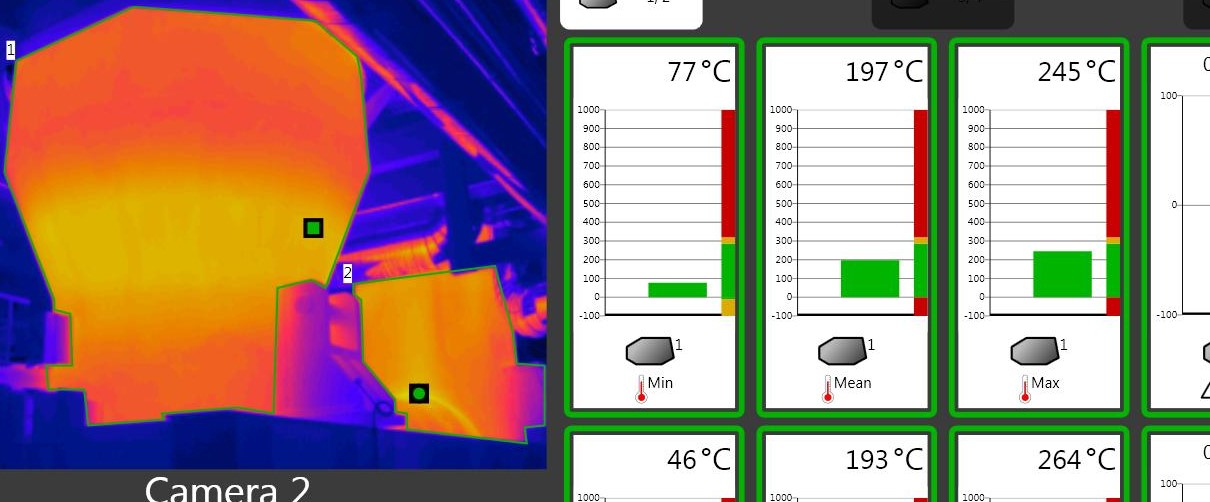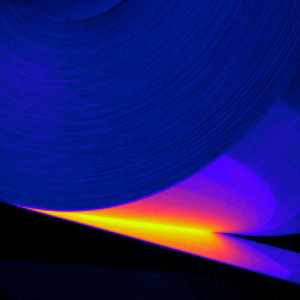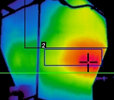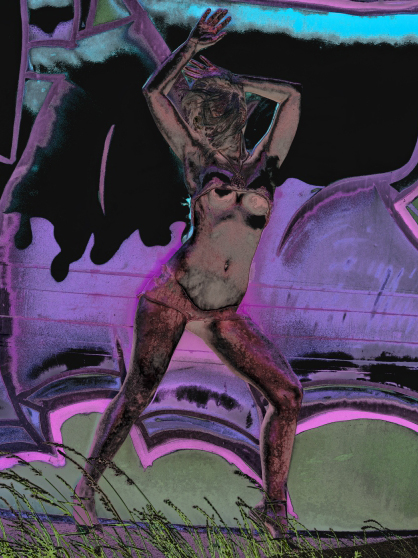
Designed by GOEMO.de
Copyright © 2013 by "Rainer Sobottka www.ir-engineering.com" • All Rights reserved • E-Mail: consultantir-engineering.com
thermal imaging in chemical plant at hotspot-POX reactors, substations, leakdetection and many more
ir-engineering.com
Application-2 General
General Applications for Chemical Plants
Infrared cameras in chemical plants measure temperatures on surfaces and of solid, liquid, or gases media, flames, heat chambers, etc.. Different infrared detectors and cameras are available for different media and different application.
Infrared cameras continuously measure
temperatures without any contact to the media. The distance of camera detector to object can be extreme short (mm) to extreme far (meter, km). You can install the camera almost at any position where it is suitable for you and your plant. Lenses of the camera and the type of camera can be selected accordingly in most cases.
Installation can be made even during running plant (in operation). Hot permits and certain, simple and common percussions must be met. Depending on ex-areas,
industrial environment, etc. a procedure can be worked out for your plant requirement. Shut time of a plant is not always required. The measurement is not in contact to the object/media. Cameras can be installed outside of any structure, outside of any ex- area, or just away from hot/dangerous surfaces. Even inside burning chambers a camera can measure
(refer to Application 3)
There is no special engineering required. You can inquire, specify, order, install, commission almost at any time during your engineering or planning. The only advance check you should execute is to check the object/media to be measured.
Measurements of infrared cameras are of very high accuracy, very high resolution, very high reliability:
Requirement for safety
Requirement for reliability Requirement for high availability Requirement for difficult access
Such requirement as described above you can meet for example, just click the words below for more information:
At reactors, such as POX, sulphur, gasifiers
(coal, oil, gas, bio-mass, underground, above ground, inside vessel, outside vessel), and others
Pipes where temperature changes and design limits must be detected such as warm steel pipes in connection with cold media
Liquid cold gases break though into warm pipe material
Detecting leakages of cold boxes and other chamber such as compressor (oil to O2)
Packing supervision
O2 compressors are operated and designed with oil/grease bearings. These can leak and accidentally leakages of oxygen reaches the oil which will cause an explosion. Leakages can be supervised in large areas and large chambers by continuous infrared cameras. Any deviation against normal temperatures (by means of leakage) will cause alarm or even shut down before it comes to an disaster..
Flare and other flames can be supervised and controlled during day and night. Monitoring cameras can be installed far away and still give perfect and accurate readings.
no matter if day or night
Leakages of plant media which can flow onto the ground and/or public sewers
example: oil or gasoline in refineries can lead into catastrophic disaster when not detected. Methanol, or gasoline, or any other hydrocarbon gases or liquids can accidentally leak at any. Single gas detectors must be installed in huge quantities to cover the entire plant areas. Infrared cameras can easily (remote) be installed overlooking large areas, one camera for all! Any deviation to actual environment conditions will be alarmed.
As per last paragraph above, such areas are very important to be supervised on platforms and other areas where no supervision personnel is available (unmanned) or not enough detectors for all kind of conditions are installed.
Huge areas can be supervised and detected for problems, such as plant area, buildings rooms, huge country areas of forest, fields, water/sea, etc.


.jpg)

Origin: Land Instruments
Origin: Rainer Sobottka


Infrared Imaging in private sectors















